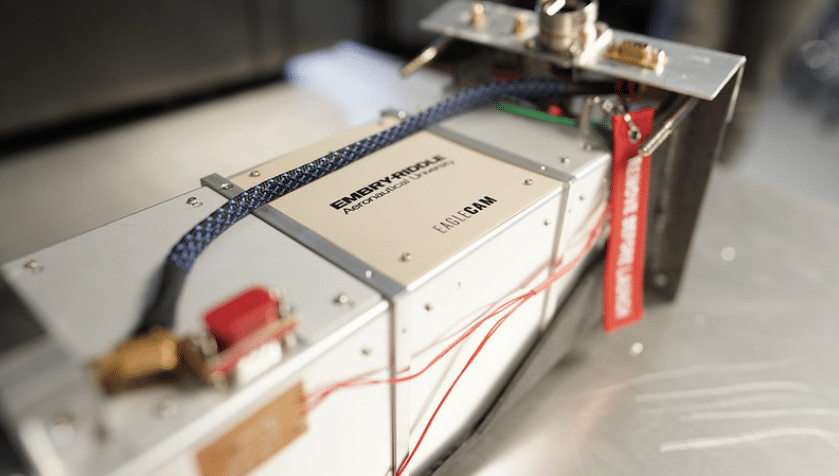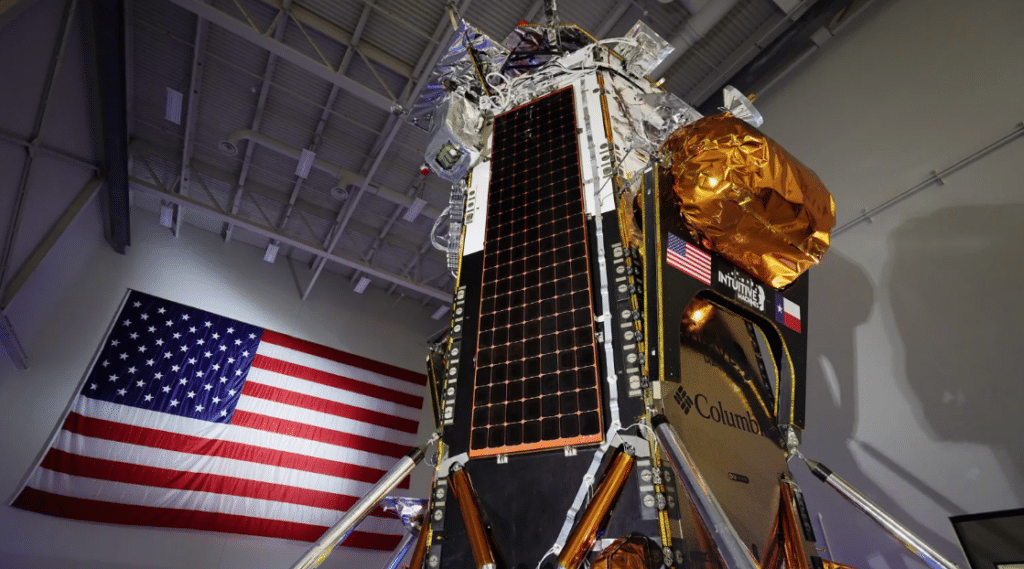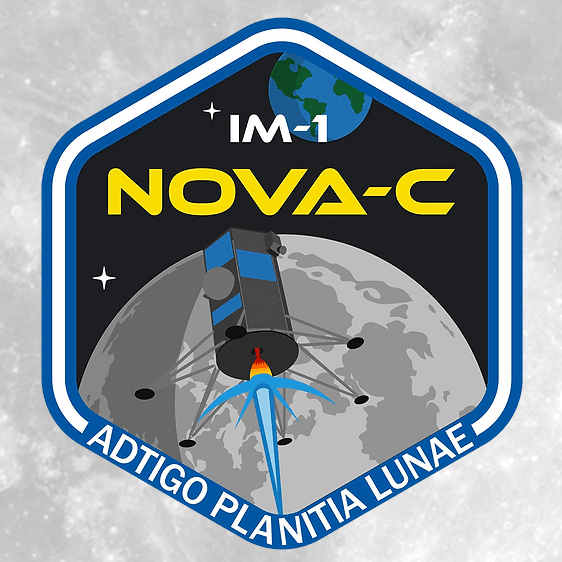For 10 days in January, the Peregrine Lunar, Lander made by US company Astrobotic, kept spaceflight observers on the edge of their seat. Peregrine, the first US lunar lander in over 50 years was to mark our country’s return to the moon. More importantly, the landing was a major step in sending a manned lander to the moon in 2026 under the Artemis program. A propellant leak cut that mission short, and eventually scuttled it with the craft making a fiery return to Earth. Still, the little “lander that almost could” managed to hang on for an incredible 10 days of inflight testing. Defying all expectations, virtually all of the 20 payloads on board were successfully powered up and returned vast amounts of data to ground controllers.
Now, only a few weeks after Peregrine met its demise over the South Pacific Ocean, NASA has announced they’re ready to try it again. Next up in the parade of companies participating in the NASA Commercial Lunar Payload Services Program (CLPS), the Intuitive Machines Nova-C lander is expected to launch in mid-February during what a NASA spokesman described as a “multi-day launch window.”. The newly designed lander, which has been on the drawing boards since 2019, will launch on a SpaceX Falcon 9 rocket from pad 39A at the Kennedy Space Center, according to a NASA news release.
Just the fact that another commercial lander design will be ready to launch in such short order underscores the value of NASA’s new multi-company partnerships with the commercial spaceflight industry under CLPS. It wasn’t that long ago that a lander failure such as Peregrines would have set the overall Artemis mission timeline back several years.
The Nova-C lander will carry its own payload of scientific packages to the moon’s south pole region. If all goes as planned, this will be the first-ever US landing near the south pole of the moon. The region is considered a major prize among space-faring countries such as the US, Russia, China, and India due to the abundance of ice in the region. Lunar ice can be melted to supply water for drinking, oxygen generation, fuel manufacturing, and even irrigation. All are considered a “must-have” for a long-term presence on the moon. Currently, only India has successfully soft-landed in the region.
Nova C’s onboard instrumentation will include experiments focusing on plume-surface interactions, space weather/lunar surface interactions, radio astronomy, precision landing technologies, and a communication and navigation node for future autonomous navigation technologies. NASA says a successful landing will help support the CLPS model for commercial payload deliveries to the lunar surface. As the anchor customer of CLPS, NASA is investing in lower-cost methods of Moon deliveries and aims to be one of many customers.
The company behind the Nova-C lander is Houston, Texas-based Intuitive Machines. Intuitive Machines won a series of contracts supporting NASA’s CLPS program including four lunar landings (IM-1 through IM-4), lunar distance communications projects, and orbital payload delivery.
The company anticipates a total of three lunar landings this year. The second lander (IM-2) will deploy a drone capable of “hopping about” the surface of the moon to deploy scientific packages in areas other than the immediate vicinity of the landing site. The drone is named the u-Nova Hopper (Micro Nova Hopper), according to the IM website. The IM-2 mission will also deploy a lunar rover to facilitate exploration of the moon’s south pole region, and preparation for an upcoming rover capable of transporting future Artemis astronauts.
Meanwhile, Astrobotic is down, but far from out. Thanks to the NASA multi-mission CLPS contract, Pittsburgh-based Astrobotic is working on their second lander, called Griffin. Though they may no longer be the first private company to the moon, Astrobotic is scheduled to try again with another launch carrying a NASA payload in November.



